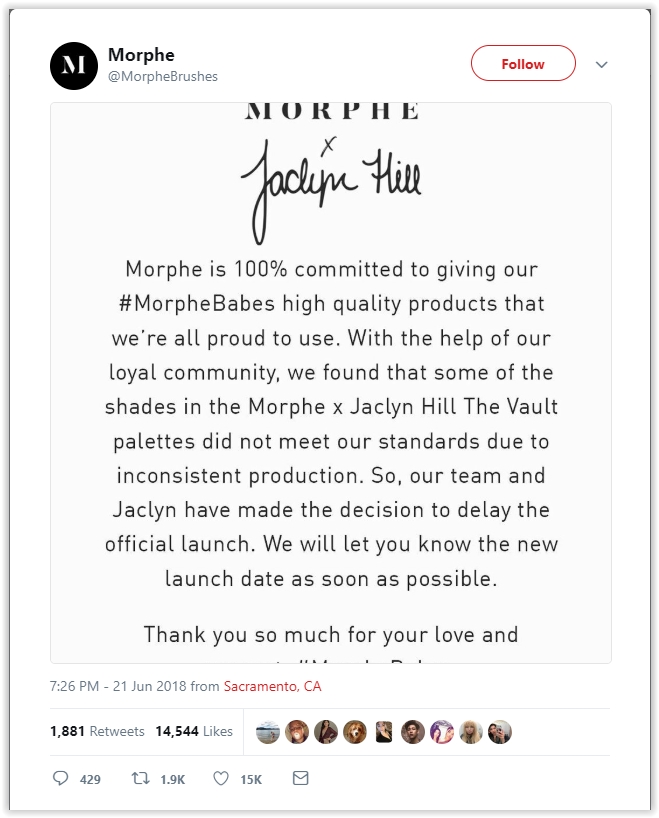Skills Every Digital Marketing Agency Should Excel in
A great digital marketing agency should have the ability to learn your brand quickly and be ready to act as your in-house digital experts. Since the digital industry is so diverse, how do you know if a digital marketing agency is really as great as they claim to be?
Looking for a new digital marketing agency but have no clue where to begin? Working with a good digital agency that specializes in quality marketing strategies is an obvious starting line. Knowing how to choose a digital marketing agency is essential in your search to find the right agency fit for your brand.
Spending money on digital marketing is a big deal, and you want to find an agency that makes the most of your money and works with your business goals. If you’re tired of being burned by agencies that make big promises but deliver no results, check out our three must-have skills (and top red flags) to watch out for.
1. SEO & SEM
Across the board, Search Engine Optimization (SEO) is one of the most important skills you can have in this field. Knowing how SEO and content optimization work is essential for running a successful campaign. A good marketing agency should have an up-to-date website. If they’re practicing their SEO successfully you can easily find them doing a simple google search.
Both SEO and Search Engine Marketing (SEM) form your entire digital strategy on a data and content level. At the end of the day, a great website should have all the key elements of an effective inbound marketing strategy:
- An active blog.
- Responsive design.
- Intuitive navigation.
- Effective conversion strategy with calls to action.
2. A Solid Team
A great agency should have a team that is equipped with versatility and expertise. Building a team that has experts in their respective fields i.e. design, development, SEO, content strategy, social media and brand development, will only make your agency more sought after and stronger as a whole.
Content is perhaps the core of digital marketing. Content marketing will continue to be a crucial part of the game no matter what happens. After you’ve created your all-star team you should then be able to create high quality, SEO-friendly content for various channels. By understanding how to create an effective content strategy you’ll be able to easily engage and convert to various audiences.
Things can be a little challenging when it comes to creating different content formats. From video to social media, emails, web content, blogs, e-books, videos, and white papers, it can be tough to create content that translates to these different formats. Working together as a team is the best way to face the beast that is, content marketing.
3. Tools and How to Utilize Them
Due to the marketing industry being so technology-driven, you need a good grasp on technology as well as be able to learn it quickly. It is immensely beneficial for a marketing agency to have a solid understanding of marketing tools as well as the technical skills that go along with them. For example, a CMS like WordPress – used by a third of websites – can be tweaked to boost SEO.
Project management tools are important and its always good to ask what platform your desired marketing agency is using. Nowadays there are many tools you can use to get the job done, for example Google Analytics, Hubspot, Salesforce, the list goes on. The bottom line is, any agency should be comfortable and familiar with all of these tools.
Now that we’ve covered the 3 top things to have as an agency, lets discuss the 3 Red Flags to watch out for.
Red Flag #1 – You Don’t have an Account Manager
A solid agency will pair you with a marketing strategist or account manager who oversees your business’s marketing success.
Something to look out for is talking to a new person every time you call. When you’re looking for an agency, make sure to ask who will handle your account. If it’s one person, that’s great. If they’re running a call center, look elsewhere.
Red Flag #2 – You Can’t Access Your Marketing Data
If the agency refuses to give you access to analytics, you should find an agency that will let you track your marketing success with them. There’s no reason for a digital marketing provider to be dishonest or hoard a business’s data.
The right digital marketing agency will allow you to see your data, and they’ll talk to you about the analytics as they work to improve your marketing performance.
Red Flag #3 – False Promises
If an agency is promising you that your business will be at the top of search results by working with them in a matter of weeks – it’s a bad sign. It’s always important to ask how if they’re promising you things they cant keep. If they’re talking about paid advertising, then rest assured you have nothing to worry about.
Its always best to find an agency that has realistic goals for you to improve your local search results.
Last Thoughts
Digital marketing is fast-paced and demanding. Understanding an agencies top 3 must haves and top 3 red flags to look out for will have you off to the races. At Onimod Global, our goal is to ensure we help improve your marketing and drive success.
From SEO to social media, content marketing and strategy, We can help you gain up-to-date and relevant knowledge that will help you become an awesome digital marketer. Got questions about Facebook advertising or want to learn more about us? Contact us here today.



